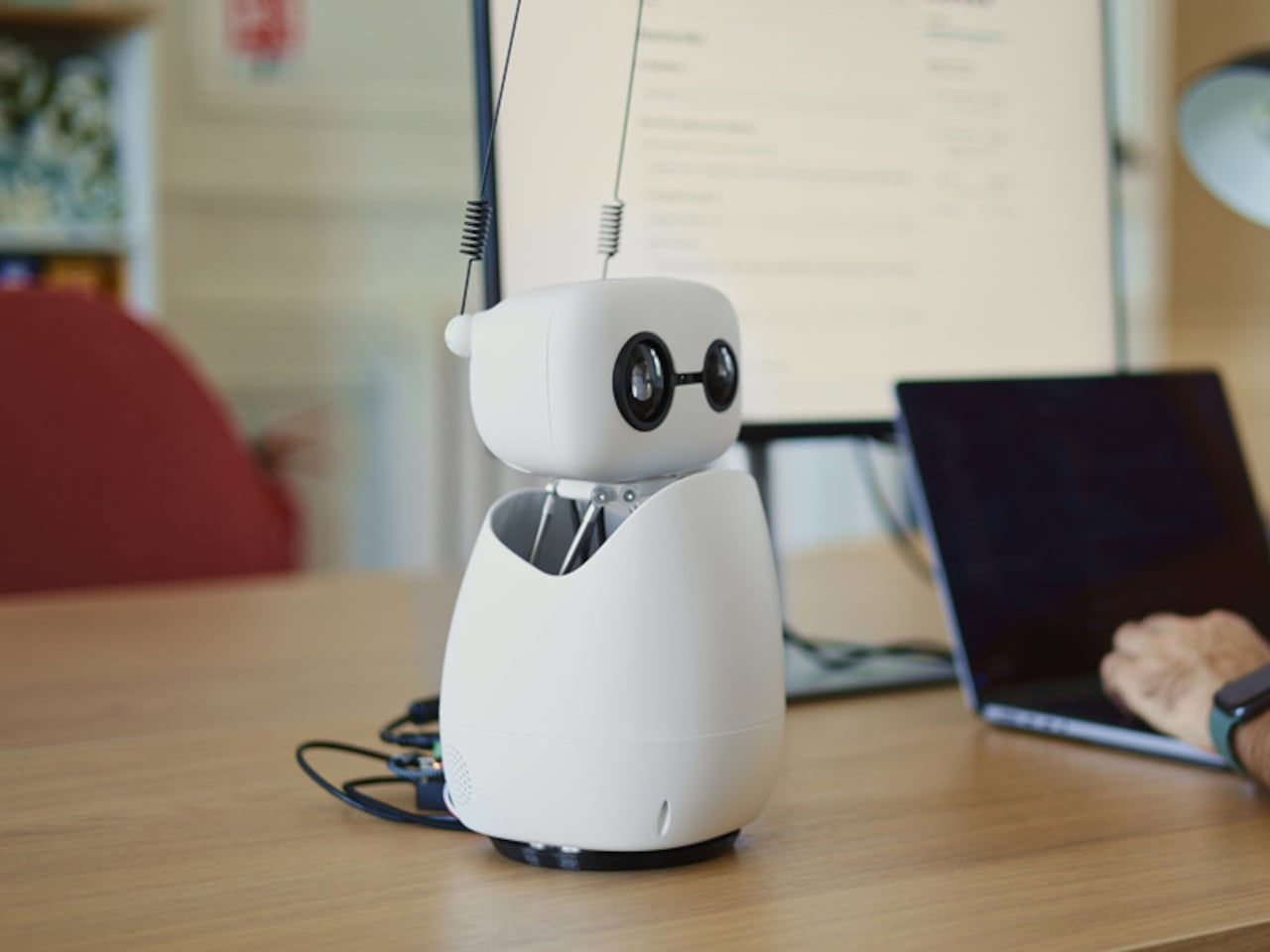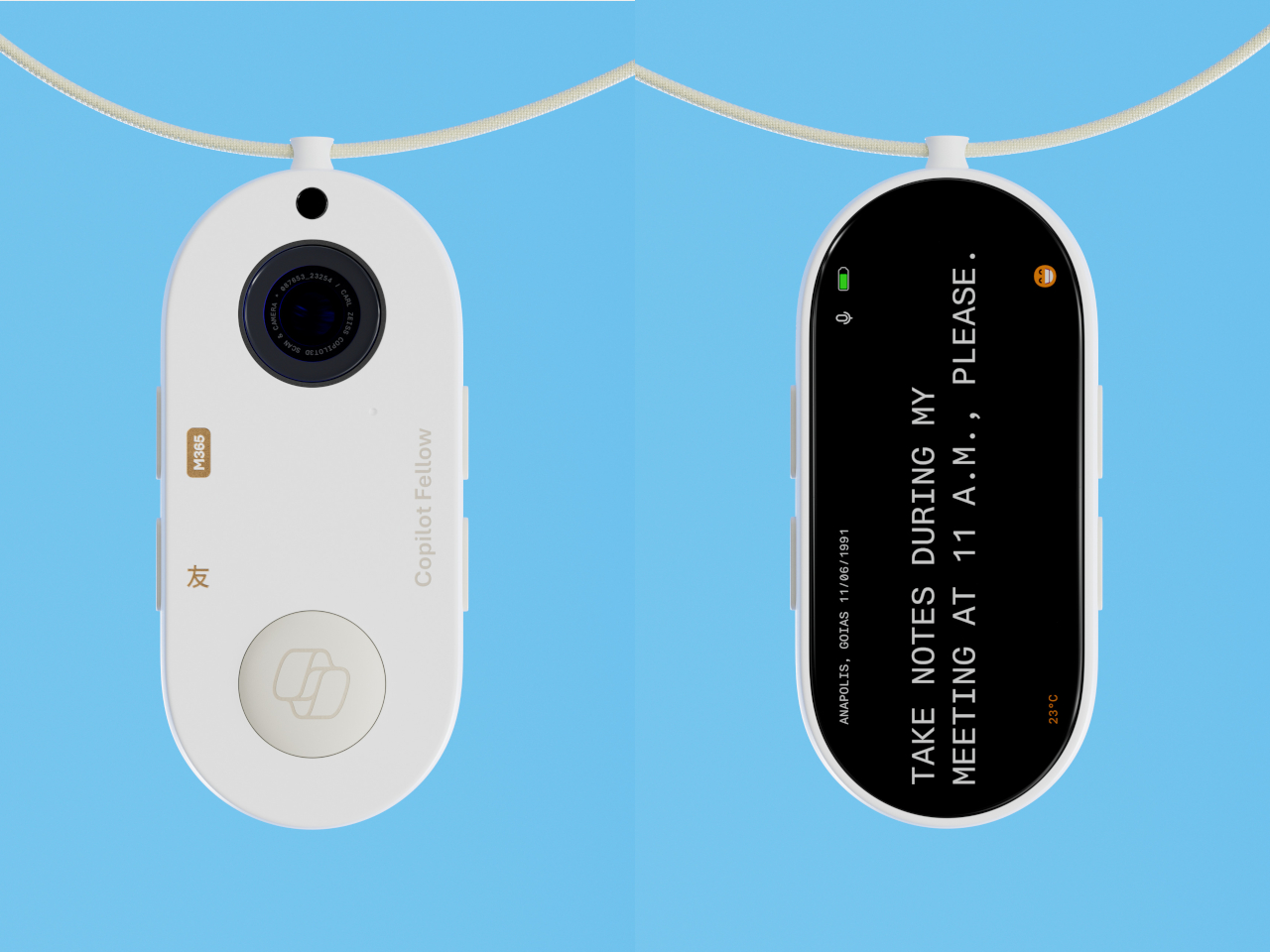Vue normale
-
Windows Central - News, Forums, Reviews, Help for Windows 10 and all things Microsoft.
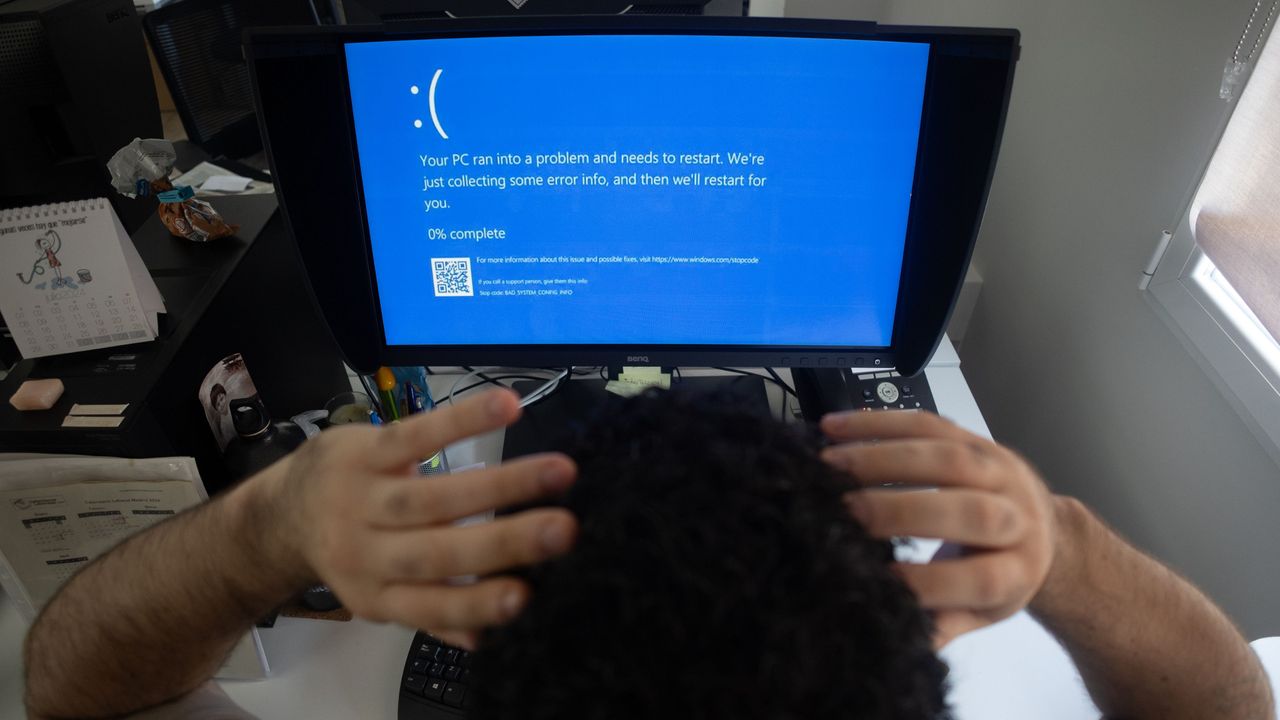
- AI-powered malware eludes Microsoft Defender's security checks 8% of the time — with just 3 months of training and "reinforcement learning" for around $1,600
AI-powered malware eludes Microsoft Defender's security checks 8% of the time — with just 3 months of training and "reinforcement learning" for around $1,600
An office worker has a "Blue Screen of Death" error on their Windows PC.
![]()
-
Windows Central - News, Forums, Reviews, Help for Windows 10 and all things Microsoft.
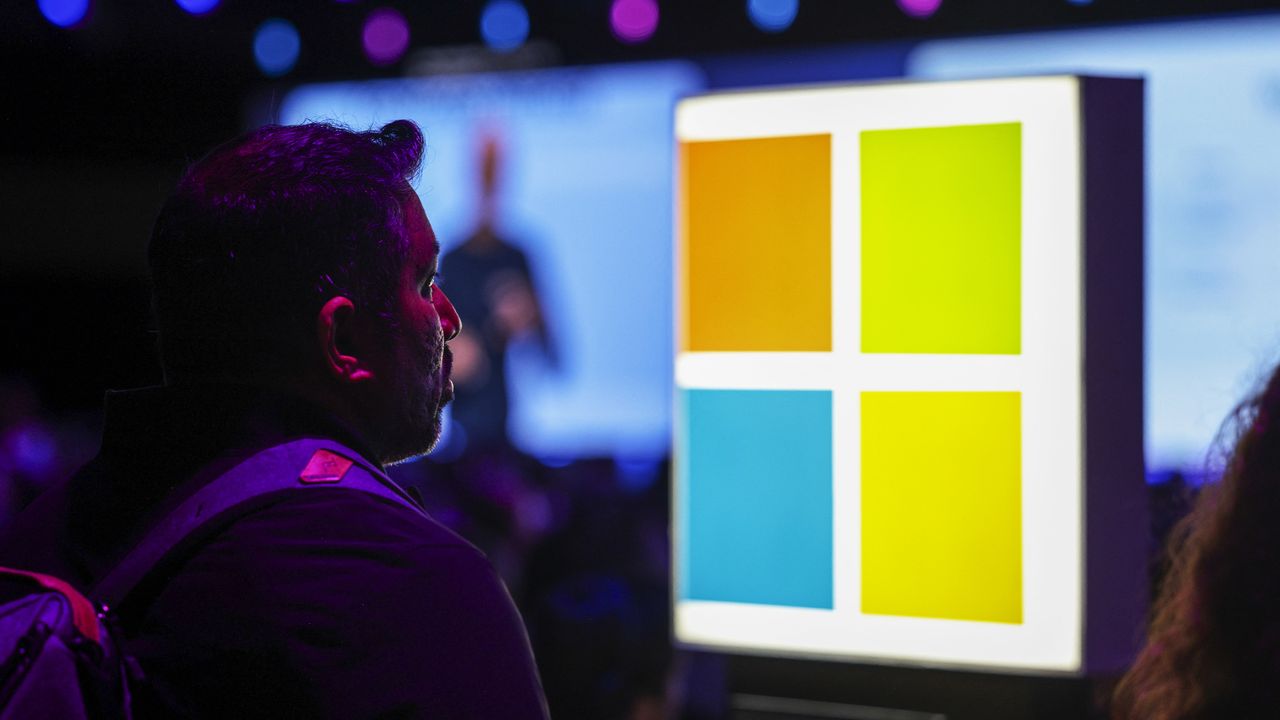
- Microsoft's new 'flash' reasoning AI model ships with a hybrid architecture — making its responses 10x faster with a "2 to 3 times average reduction in latency"
Microsoft's new 'flash' reasoning AI model ships with a hybrid architecture — making its responses 10x faster with a "2 to 3 times average reduction in latency"
An audience member seated near a Microsoft logo listens as Microsoft Chairman and Chief Executive Officer Satya Nadella speaks during the Microsoft Build conference opening keynote in Seattle, Washington on May 19, 2025. (Photo by Jason Redmond / AFP) (Photo by JASON REDMOND/AFP via Getty Images)
![]()
-
Windows Central - News, Forums, Reviews, Help for Windows 10 and all things Microsoft.
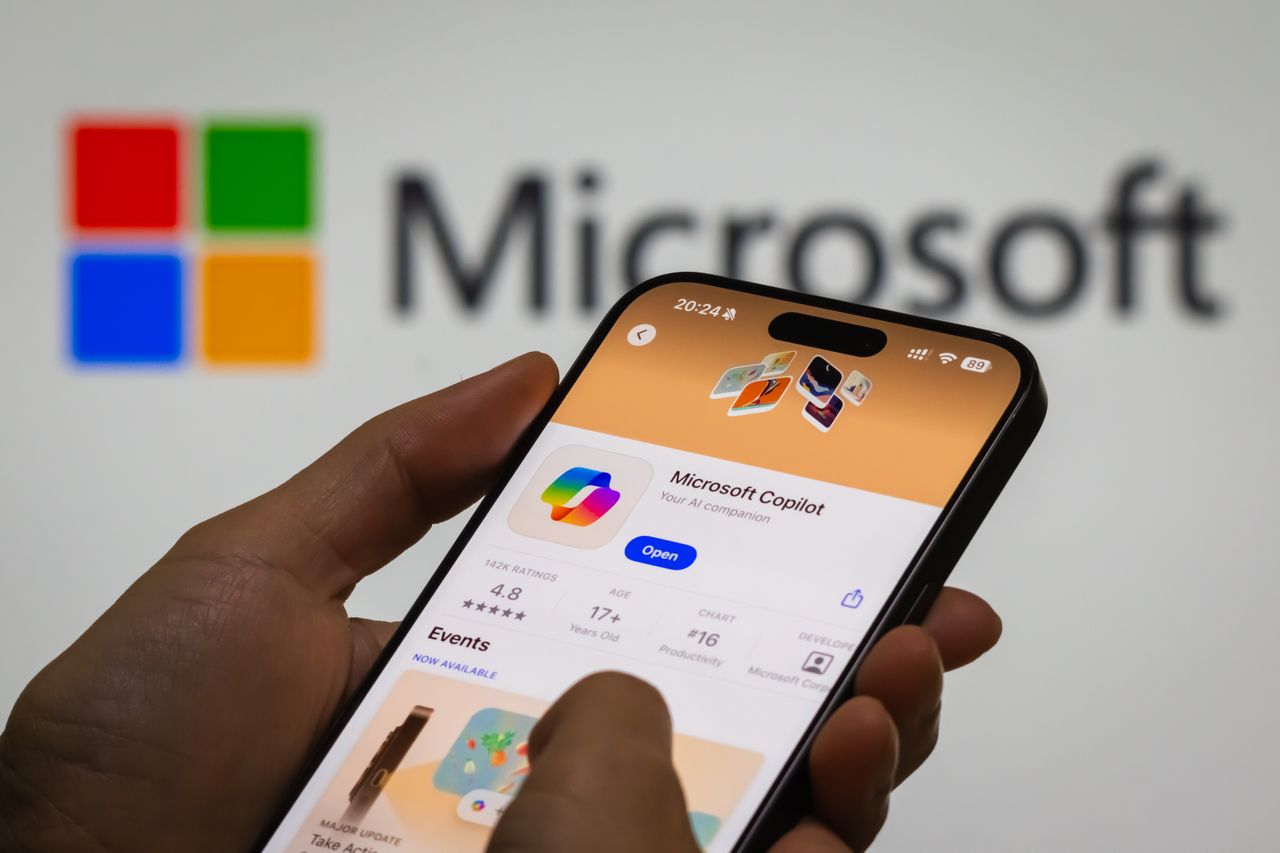
- See how Microsoft Copilot stacked up head-to-head with other AI LLMs in a direct IQ test 🧠
See how Microsoft Copilot stacked up head-to-head with other AI LLMs in a direct IQ test 🧠
Microsoft Copilot
![]()
-
Windows Central - News, Forums, Reviews, Help for Windows 10 and all things Microsoft.
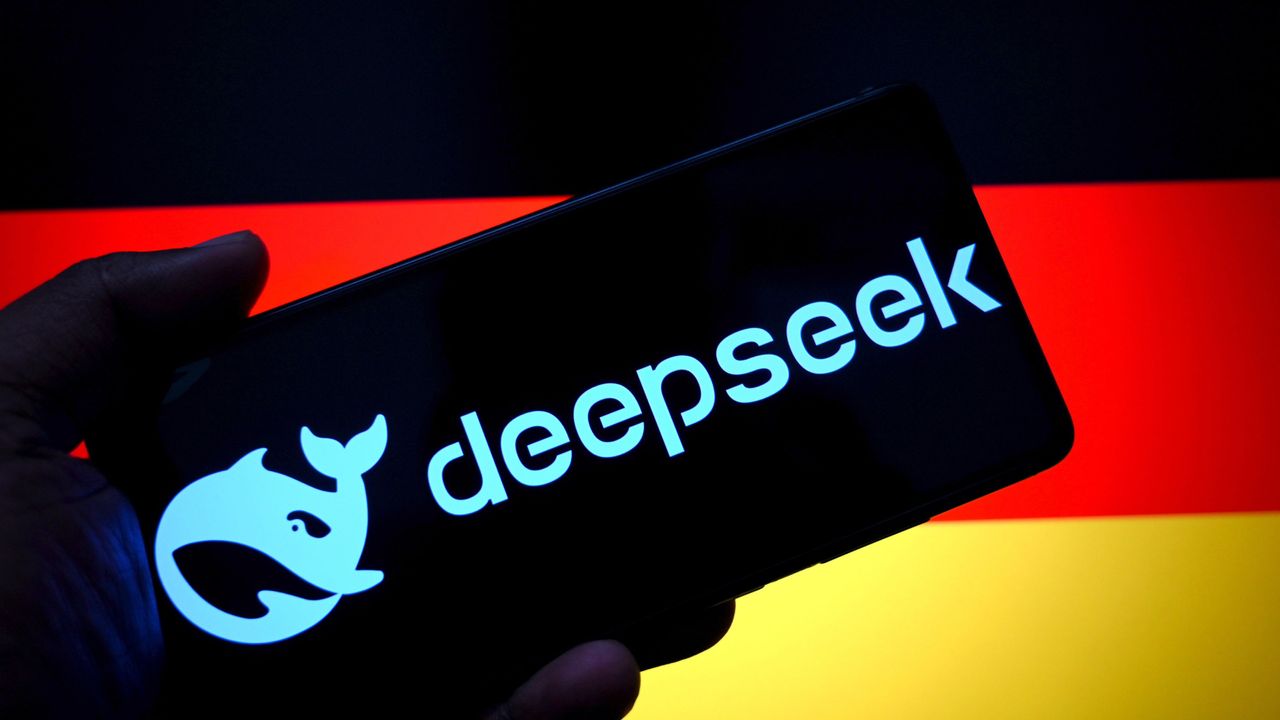
- Germany wants Google and Apple to ban China's "illegal" DeepSeek AI — after it failed to comply with data protection laws
Germany wants Google and Apple to ban China's "illegal" DeepSeek AI — after it failed to comply with data protection laws
DeepSeek logo is seen displayed on a smartphone with the flag of Germany in the background.
![]()
-
Windows Central - News, Forums, Reviews, Help for Windows 10 and all things Microsoft.
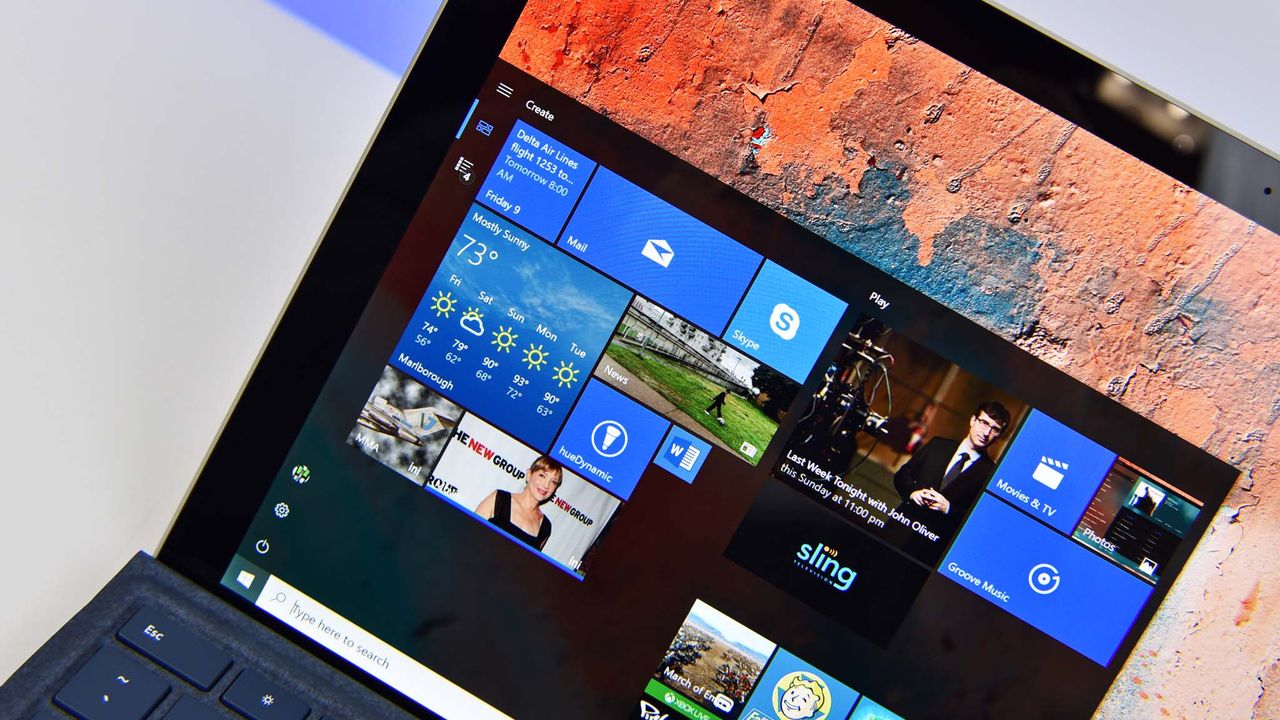
- ChatGPT falls for another Windows license key scam — generating valid codes in a guessing game after a researcher "gives up"
ChatGPT falls for another Windows license key scam — generating valid codes in a guessing game after a researcher "gives up"
Windows 10 Start menu on a Surface Pro 5th Gen
![]()
-
Windows Central - News, Forums, Reviews, Help for Windows 10 and all things Microsoft.
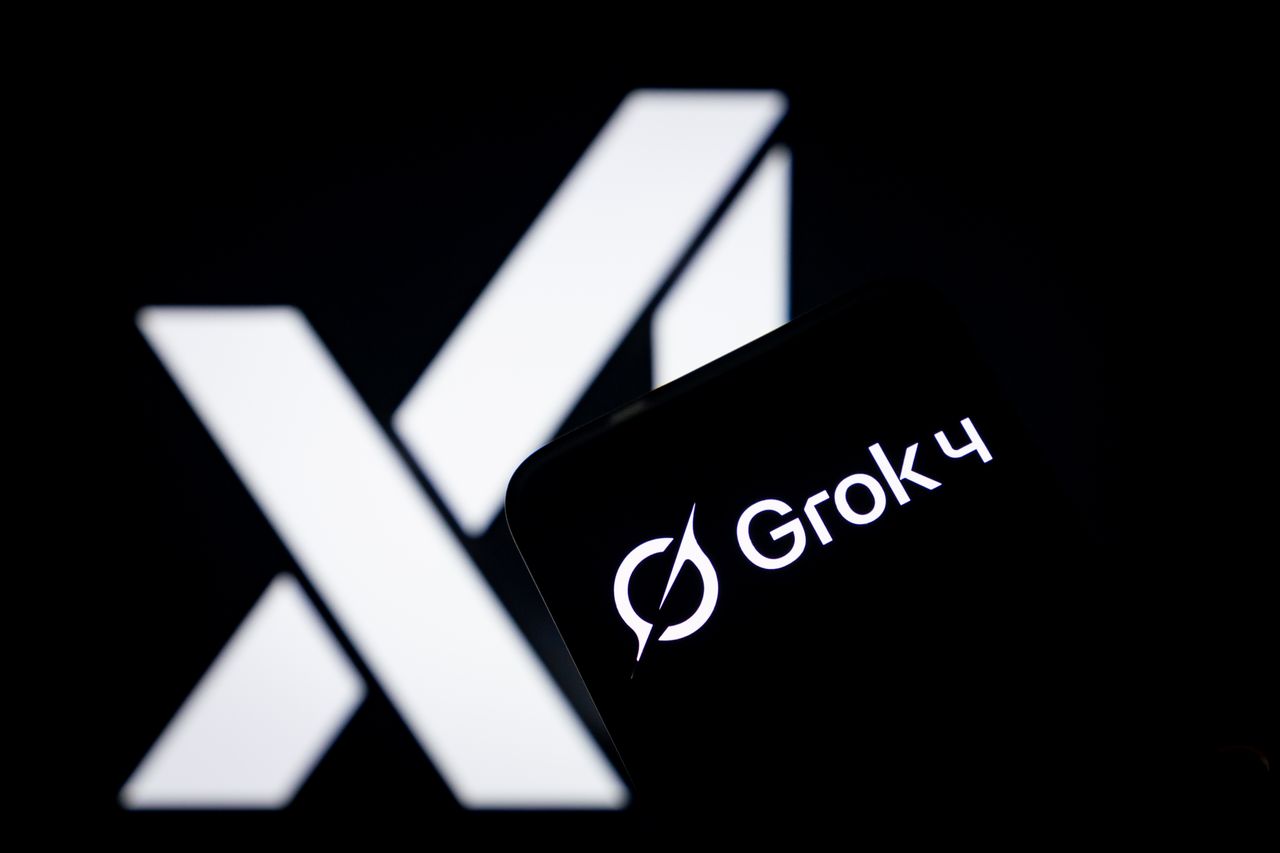
- xAI's $300/month Grok 4, billed as a "maximally truth-seeking AI" — seemingly solicits Elon Musk's opinion on controversial topics
xAI's $300/month Grok 4, billed as a "maximally truth-seeking AI" — seemingly solicits Elon Musk's opinion on controversial topics
CHONGQING, CHINA - JULY 10: In this photo illustration, the logo of Grok 4 is displayed on smartphone screen with xAI logo in the background on July 10, 2025 in Chongqing, China. Elon Musk on July 10 unveiled Grok 4, a new version of his X platform's AI chatbot.
![]()
-
Windows Central - News, Forums, Reviews, Help for Windows 10 and all things Microsoft.

- OpenAI’s $6.5 billion purchase fuels Sam Altman’s quest to build next-gen computers for “transcendentally good” AI — The biggest tech disruption since the iPhone?
OpenAI’s $6.5 billion purchase fuels Sam Altman’s quest to build next-gen computers for “transcendentally good” AI — The biggest tech disruption since the iPhone?
Jony Ive (left) and Sam Altman (right) photographed in black in white with money and stock counts in the background
![]()
OpenAI's ChatGPT-powered browser is codenamed 'Aura'
Google Gemini flaw hijacks email summaries for phishing
Open-Source Robot Reachy Mini Brings AI to Your Desktop
Most robots today look like they belong in a factory or a science fiction movie, with their cold metal frames and intimidating mechanical movements that make you think twice about getting too close. There’s something inherently off-putting about the way most robotic designs prioritize function over approachability, creating machines that feel more like tools than companions, even when they’re supposed to help us in our daily lives.
That’s what makes Reachy Mini such a refreshing departure from the typical robotics playbook. This compact desktop robot from Hugging Face feels more like a curious pet than a piece of industrial equipment, with its expressive LED eyes and animated antennas that give it genuine personality. At just 11 inches tall and weighing 3.3 pounds, it’s sized more like a stuffed animal than a traditional robot.
Designer: Hugging Face, Pollen Robotics
![]()
![]()
Hugging Face, the machine learning platform often called “the GitHub of AI” for its vast community of developers sharing AI models and datasets, has taken its first step into physical robotics with this charming little companion. The company’s open-source, community-driven philosophy translates beautifully into hardware, creating a robot that’s designed to be modified, customized, and shared rather than locked down by proprietary restrictions.
![]()
![]()
The design itself is surprisingly endearing, with two animated antennas that move expressively and a head that can rotate with six degrees of freedom, giving Reachy Mini an almost pet-like quality. When it goes into sleep mode, it actually shrinks down to about 9 inches tall, which adds to its charm in a way that most tech products completely miss. The wide-angle camera and 5W speaker are integrated so seamlessly that they don’t disrupt the friendly aesthetic.
![]()
What’s particularly clever about Reachy Mini is how it comes as a kit with 3D-printable components, making customization not just possible but encouraged. You can choose between a Lite version for $299 that connects to your computer, or the full autonomous version with a Raspberry Pi 5 that can operate independently. The fact that everything is open-source means you’re not just buying a robot, you’re joining a community of makers who share modifications and improvements.
![]()
![]()
The AI integration is where things get really interesting, though. Reachy Mini taps directly into Hugging Face’s ecosystem of AI models, giving it conversational abilities, object recognition, and even emotional expression that feels surprisingly natural. You can have actual conversations with it, use it as a coding tutor, or even turn it into an interactive art project, all through simple Python programming that’s accessible to beginners.
![]()
Of course, there are some practical considerations to keep in mind. The early development phase means you’re essentially becoming a beta tester, and the full autonomous version won’t ship until fall 2025 at the earliest. The Lite version, arriving late summer 2025, requires a tethered connection to your computer, which limits its mobility somewhat.
![]()
The educational potential here is enormous, particularly for STEM programs where students can learn programming, AI, and robotics through hands-on experimentation rather than abstract theory. The growing community around Reachy Mini is already sharing projects, modifications, and educational resources that make advanced robotics accessible to everyone, not just engineering students.
Reachy Mini succeeds because it understands that the future of robotics isn’t about creating more sophisticated machines, but about making technology more human-centered and approachable. By combining expressive design with open-source accessibility, it proves that the most innovative robots might just be the ones that feel less like robots and more like companions we actually want to spend time with.
![]()
The post Open-Source Robot Reachy Mini Brings AI to Your Desktop first appeared on Yanko Design.
Copilot Fellow Concept is an AI Pendant That Feels More Like a Friend Than a Gadget
![]()
Ever feel like AI is always hiding in the background, tucked away on your phone or buried behind a dozen browser tabs? Most of us interact with digital assistants through screens, which, let’s be honest, makes technology feel a little distant from our actual lives. But what if AI could be more present, accessible, and even a little bit stylish? That’s where the Copilot Fellow concept comes in, and honestly, it’s hard not to get a little excited about the idea.
The Copilot Fellow isn’t just another gadget to add to your collection. Picture a pill-shaped device, smooth and minimal, with a flat front and back. The front features a camera and a bold Copilot button, the heart of the design. Tap it, and you’re instantly connected to your AI assistant, ready to ask a question, set a reminder, or get a quick weather update. It’s designed to be intuitive, something you can operate without fiddling around or losing your train of thought.
Designer: Braz de Pina
![]()
![]()
What really makes Copilot Fellow stand out, though, are the four shortcut buttons, two on each side, that you can program for your favorite prompts or voice commands. Imagine setting one for “What’s on my calendar?” and another for “Send a quick note.” There’s no scrolling through endless menus or getting lost in settings. It’s simple, direct, and focused on the way you actually use AI day to day.
![]()
![]()
Now, here’s a little twist to that premise: While the front is all about that single, satisfying Copilot button, the back features a discreet screen. If you want to read your prompts or see some quick info, it’s there. But since it’s hidden away on the reverse side, it never gets in the way. This design choice keeps your interactions as screen-free as you want them to be, which feels like a breath of fresh air in our notification-heavy world.
![]()
One of the coolest things about Copilot Fellow is how you can wear it. You’re not locked into any one style, it works as a pendant around your neck, or you can just toss it in your pocket. It feels less like another gadget and more like a little presence you carry with you, always ready to help but never demanding attention. There’s something almost companion-like about it, which is a big leap from the usual “Hey Siri” or “Okay Google” voice floating out of your phone.
![]()
It’s important to remember that this is still a concept design, and Microsoft is unlikely to make one itself. But honestly, wouldn’t it be cool if someone DIY’ed their own version? The simplicity and flexibility make it feel approachable, even for tinkerers. Copilot Fellow reimagines how we might invite AI into our lives: more personal, more tangible, and a lot more stylish. Would you wear your AI around your neck, or are you sticking with the old-school phone in your pocket? Either way, this concept makes us rethink what AI gadgets could be.
![]()
![]()
The post Copilot Fellow Concept is an AI Pendant That Feels More Like a Friend Than a Gadget first appeared on Yanko Design.
-
Windows Central - News, Forums, Reviews, Help for Windows 10 and all things Microsoft.
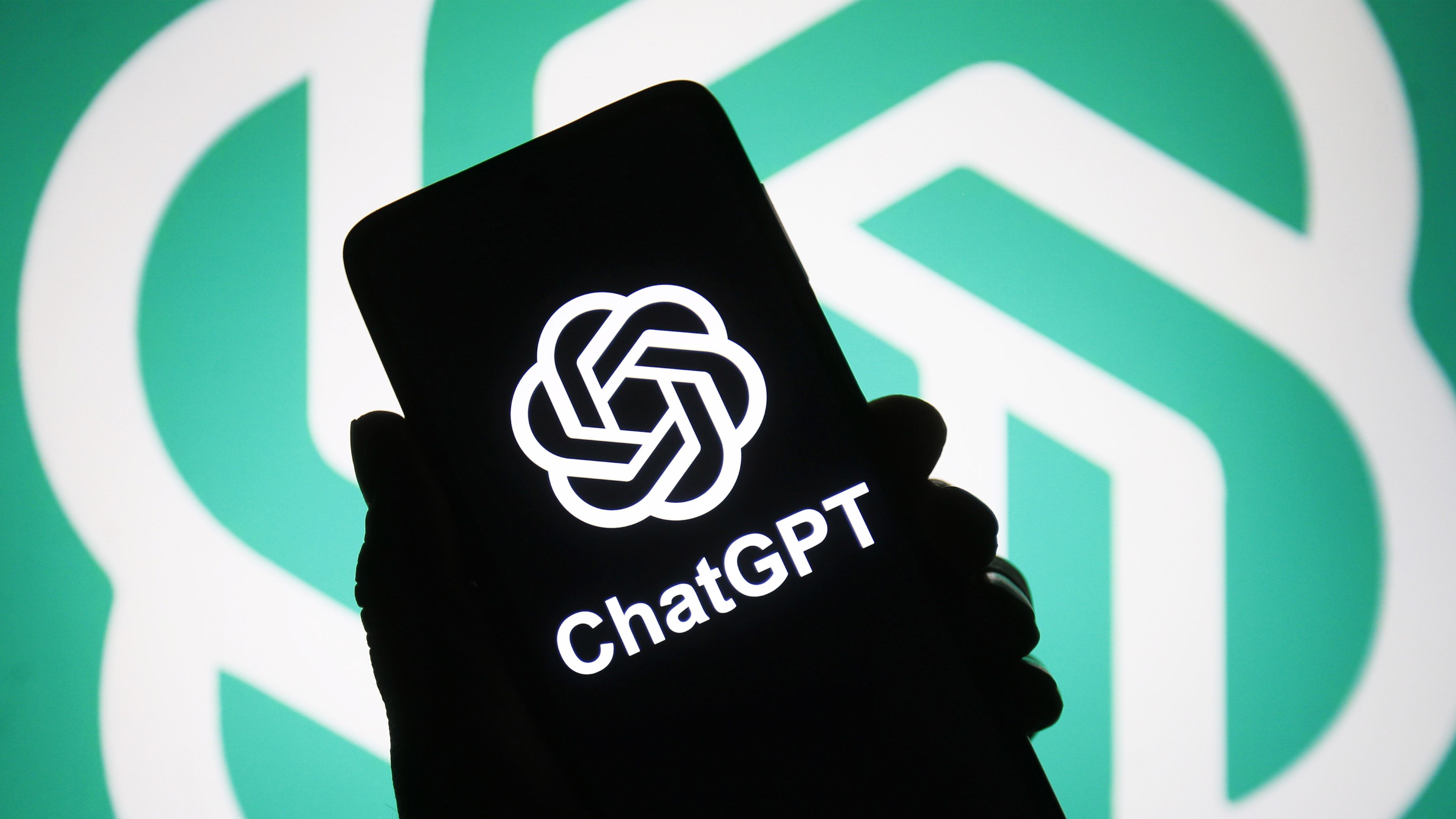
- OpenAI almost shipped ChatGPT with a different name — before a late-night twist
OpenAI almost shipped ChatGPT with a different name — before a late-night twist
ChatGPT logo of a chatbot launched by OpenAI is seen on a smartphone in a hand.
![]()
![]()
-
Windows Central - News, Forums, Reviews, Help for Windows 10 and all things Microsoft.
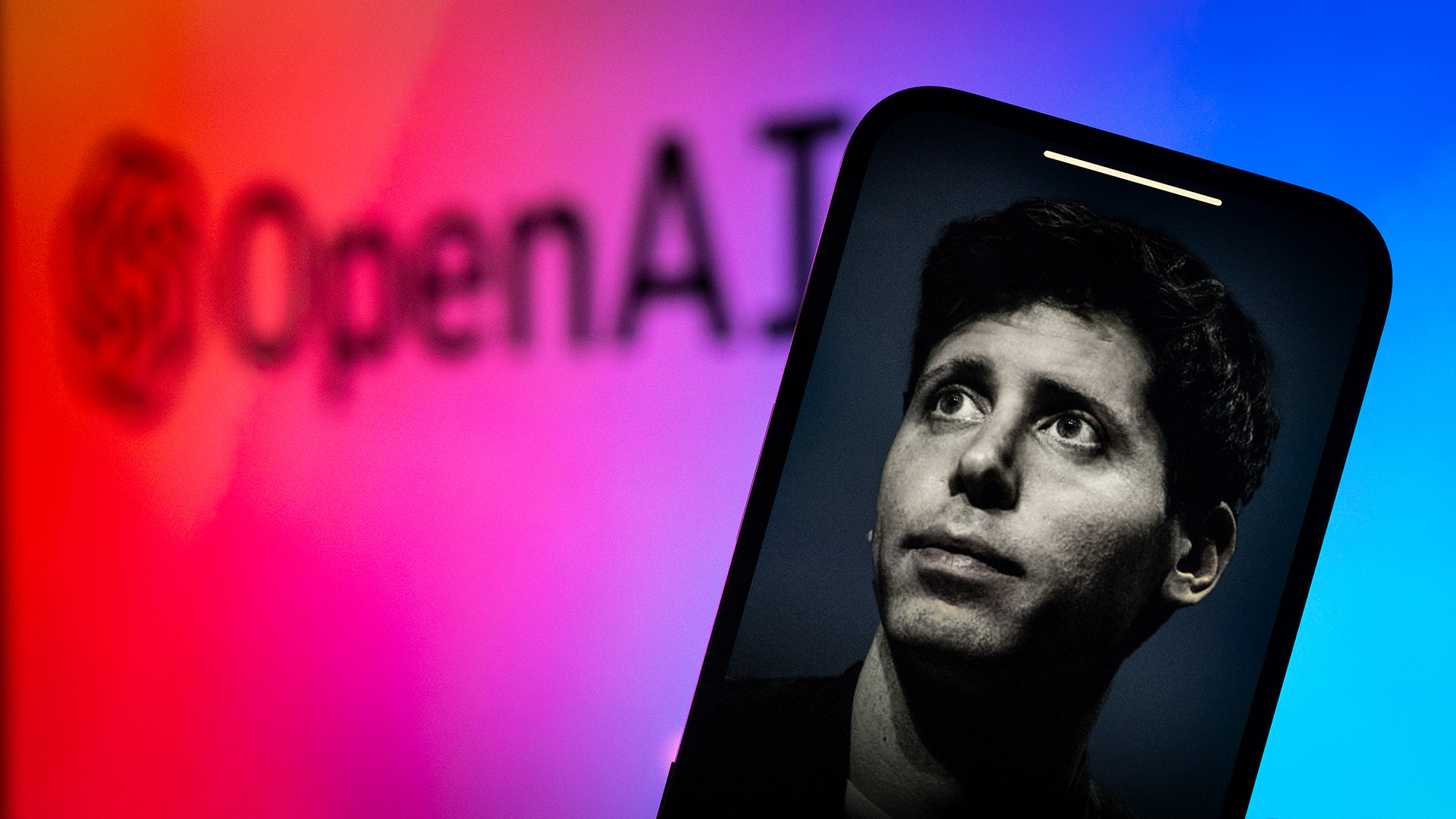
- Sam Altman's future ChatGPT sounds like Microsoft's Windows Recall but with Copilot's companionship traits — "running all the time, looking at all your stuff"
Sam Altman's future ChatGPT sounds like Microsoft's Windows Recall but with Copilot's companionship traits — "running all the time, looking at all your stuff"
OpenAI CEO Sam Altman is seen on a mobile device screen.
![]()
![]()
-
Windows Central - News, Forums, Reviews, Help for Windows 10 and all things Microsoft.
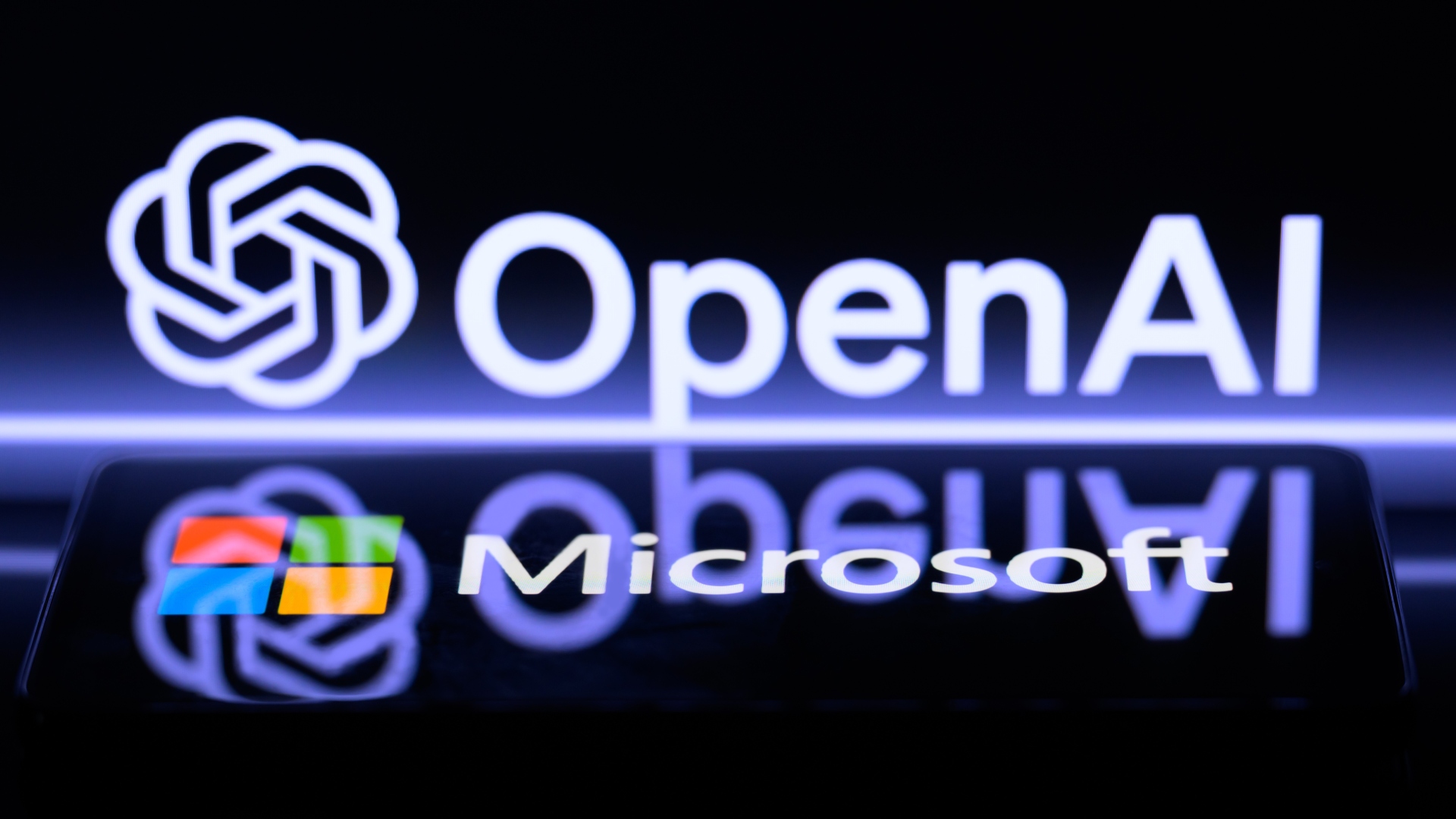
- Microsoft reportedly lacks the know-how to fully leverage OpenAI's tech — despite holding IP rights
Microsoft reportedly lacks the know-how to fully leverage OpenAI's tech — despite holding IP rights
The Microsoft logo is being displayed on a smart phone, with the OpenAI logo visible on the screen in the background.
![]()
![]()
-
Windows Central - News, Forums, Reviews, Help for Windows 10 and all things Microsoft.

- Cloudflare is fighting to safeguard "the future of the web itself" — standing directly in the way of leading AI firms
Cloudflare is fighting to safeguard "the future of the web itself" — standing directly in the way of leading AI firms
Matthew Prince, CEO of Cloudflare
![]()
![]()
-
Windows Central - News, Forums, Reviews, Help for Windows 10 and all things Microsoft.
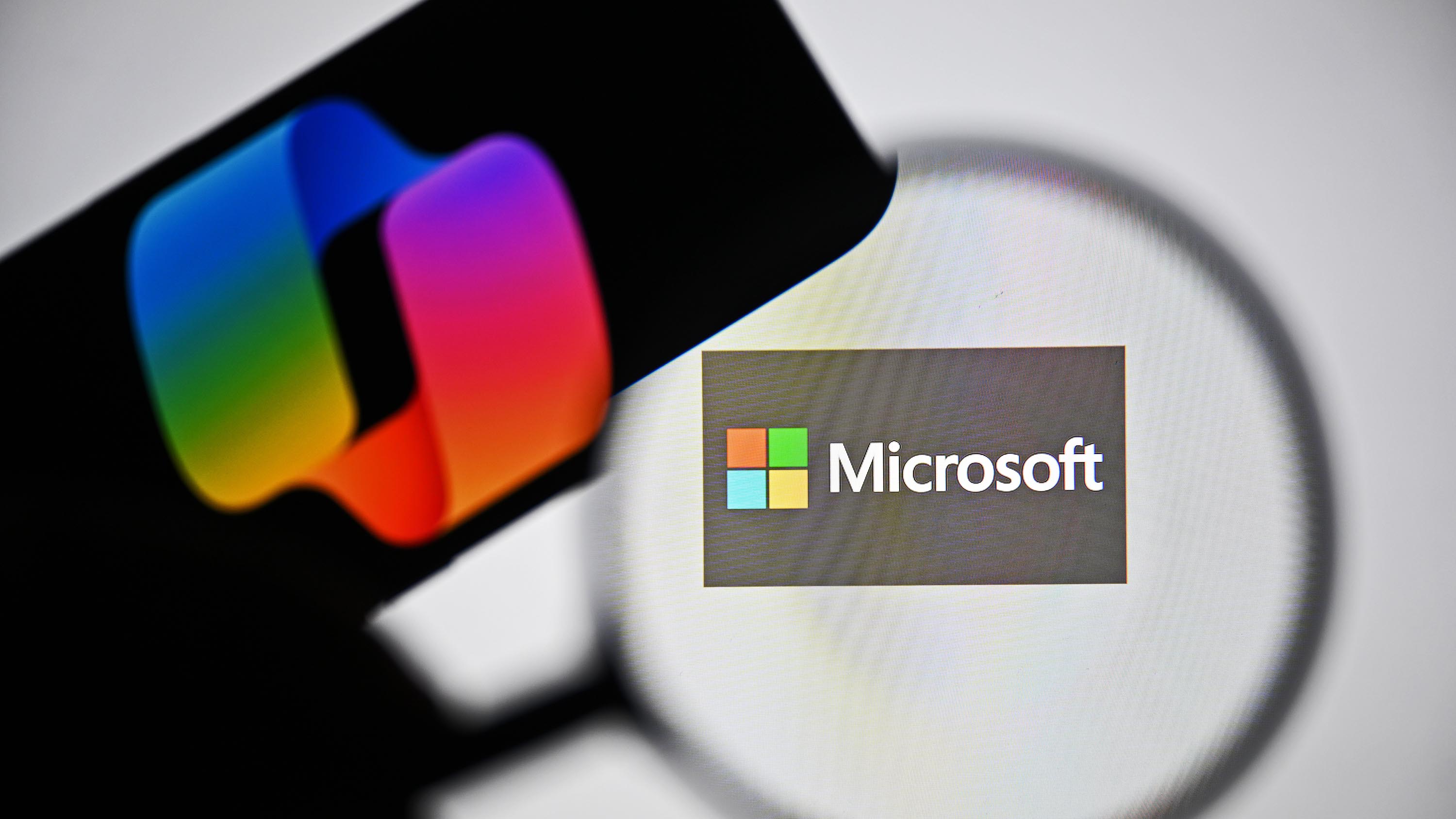
- Microsoft 365 Copilot just got smarter — now supports 48 languages and key new features
Microsoft 365 Copilot just got smarter — now supports 48 languages and key new features
In this photo illustration the logo of Microsoft is being displayed on a laptop screen and the logo of Copilot is being displayed on a smart phone.
![]()
![]()
